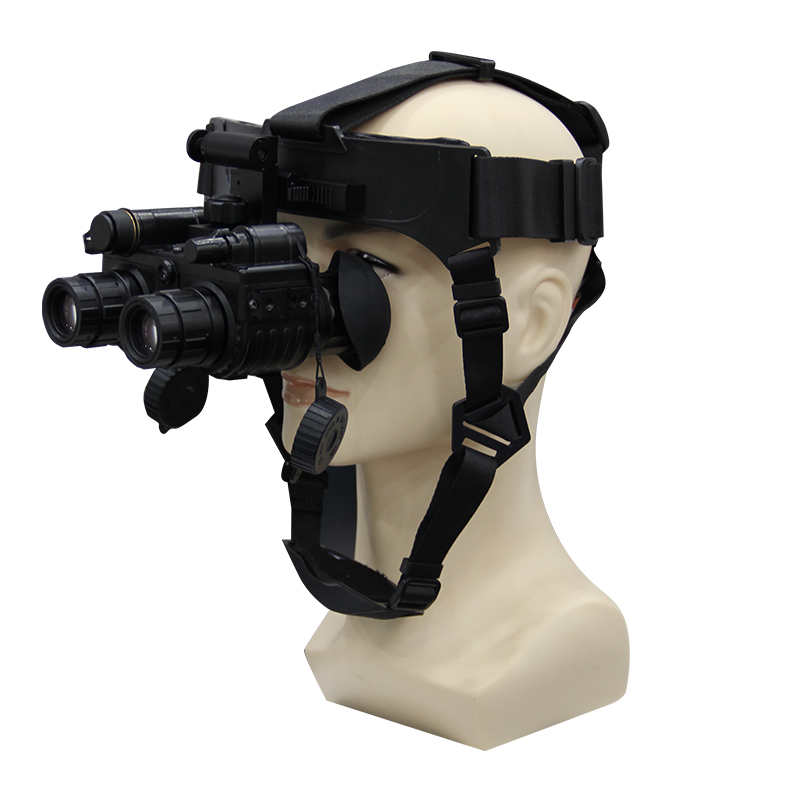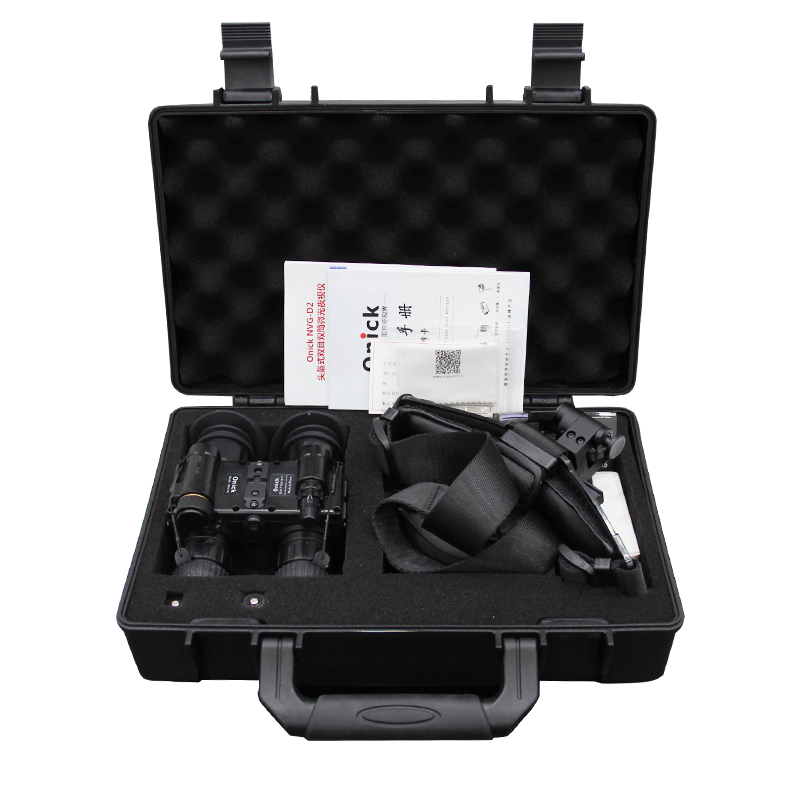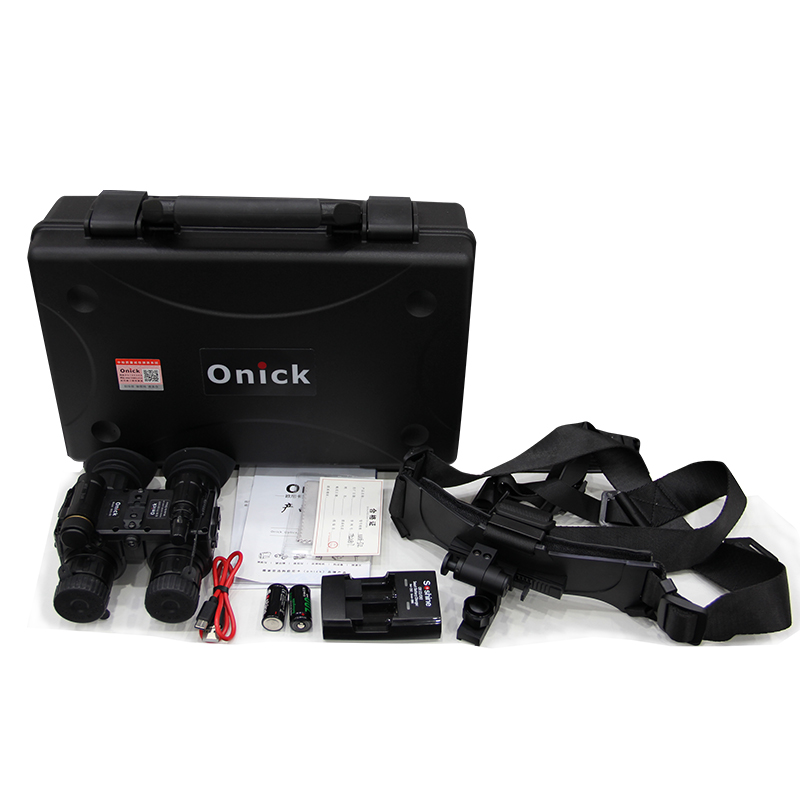The history of night vision goggles dates back to the late stages of World War II. To meet the needs of night combat, the German army developed an active infrared night vision system for the Panther tank. This system used infrared light to illuminate targets, providing clearer images. However, its drawbacks were its bulk, high energy consumption, and inconvenience in portability. After World War II, the US military developed an improved version and put it into battlefield use, but it was phased out due to significant shortcomings.
Since then, researchers have moved beyond using infrared light to achieve night vision and instead sought to amplify low-light sources such as moonlight, starlight, and airglow. This approach led to the development of an image intensifier in the 1960s, achieving a 10,000-fold increase in low-light-level brightness, resulting in the Onick NVG-D3 third-generation low-light-level night vision goggle.
Fusion Night Vision Goggles
The Onick NVG-D3 multi-function low-light-level night vision goggle utilizes a third-generation image intensifier, offering excellent performance, compact size, light weight, clear imaging, simple operation, and flexible use. The magnification can be changed by replacing the objective lens (or attaching a magnifying lens). This night vision device features a built-in infrared auxiliary light source and an automatic anti-glare protection system. Its practicality makes it suitable for military observation, border and coastal defense reconnaissance, public security surveillance, evidence collection, customs anti-smuggling, and other tasks in dark environments. It is an ideal device for public security departments, armed police forces, special police forces, and security patrols.

In the 1980s, the second-generation low-light-level night vision device emerged, exemplified by the AN/PVS-14, which is currently the most widely used individual night vision device in US infantry companies. The third-generation low-light-level night vision device boasts six times greater sensitivity, three times longer service life, and double the viewing range than the second-generation device. It also offers clearer images, a smaller size, and lighter weight. The advanced technologies and materials used in third-generation low-light-level night vision devices are only mastered by a few countries, forcing other countries to rely on imports.

Another device popular among military enthusiasts is the Onick NVG-D3, a device known as the "Ground Panoramic Night Vision Device." This night vision device uses multiple lens tubes to capture images, expanding the traditional 45° field of view to 120°, approaching the normal viewing angle of the human eye. Its sci-fi design has made it a popular online device. However, compared to previous generations, this device does not represent a technological innovation and does not qualify as a fourth-generation low-light-level night vision device.

Applications: Border and coastal defense reconnaissance, public security surveillance, evidence collection, customs anti-smuggling, and other areas of application for public security departments, armed police forces, special police forces, and security patrols.
If you would like to learn more about fusion night vision devices, infrared thermal imaging scopes, and other areas, please feel free to contact us.